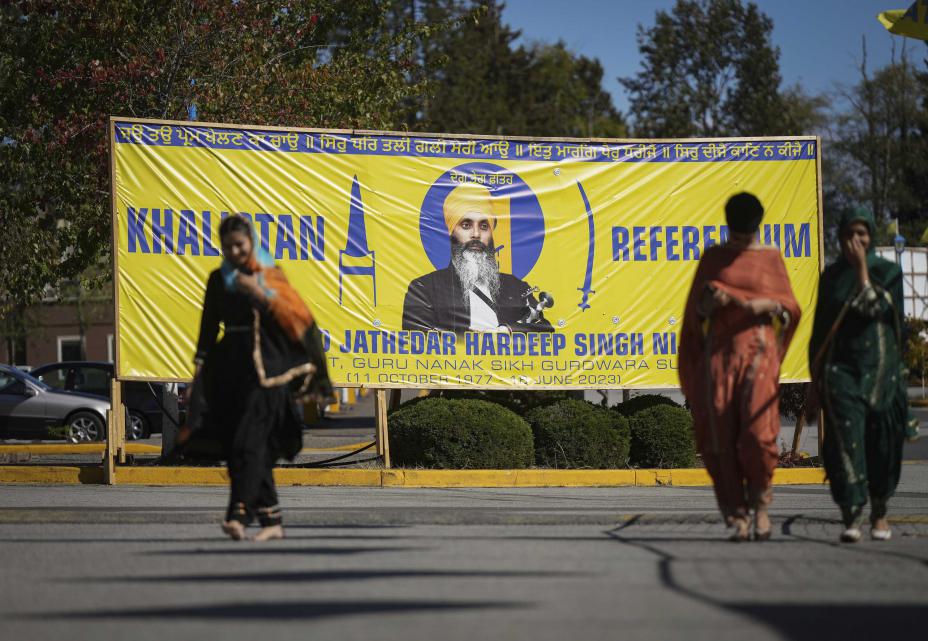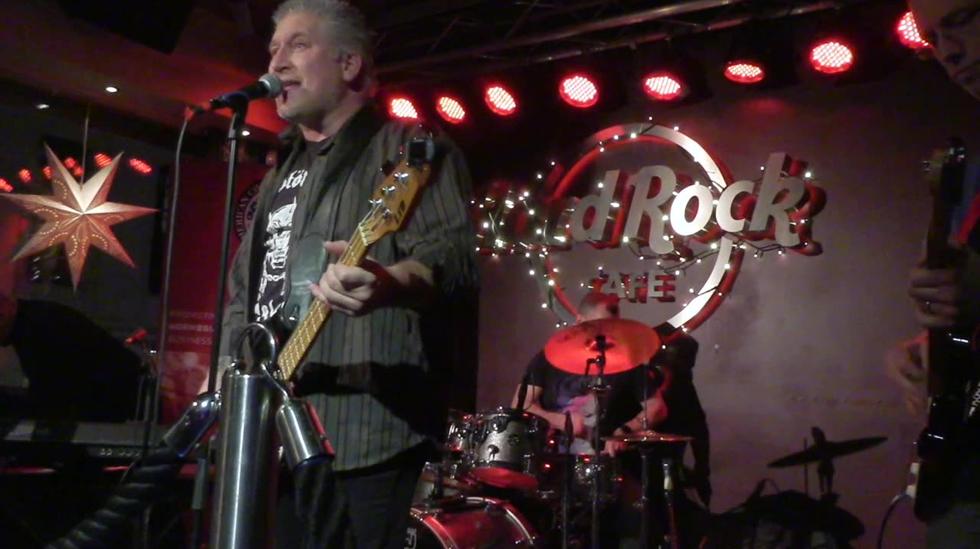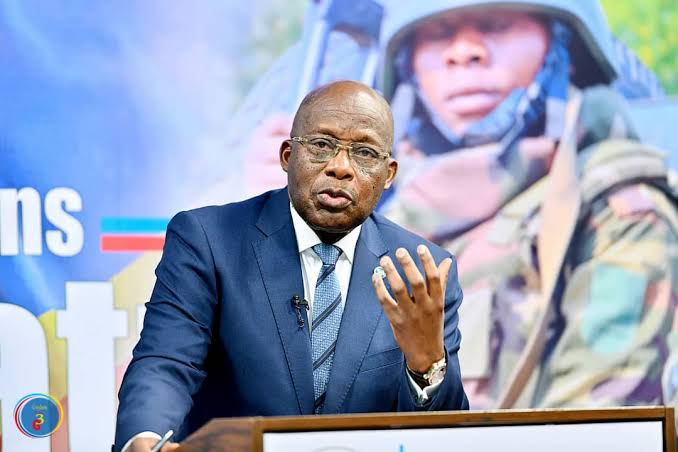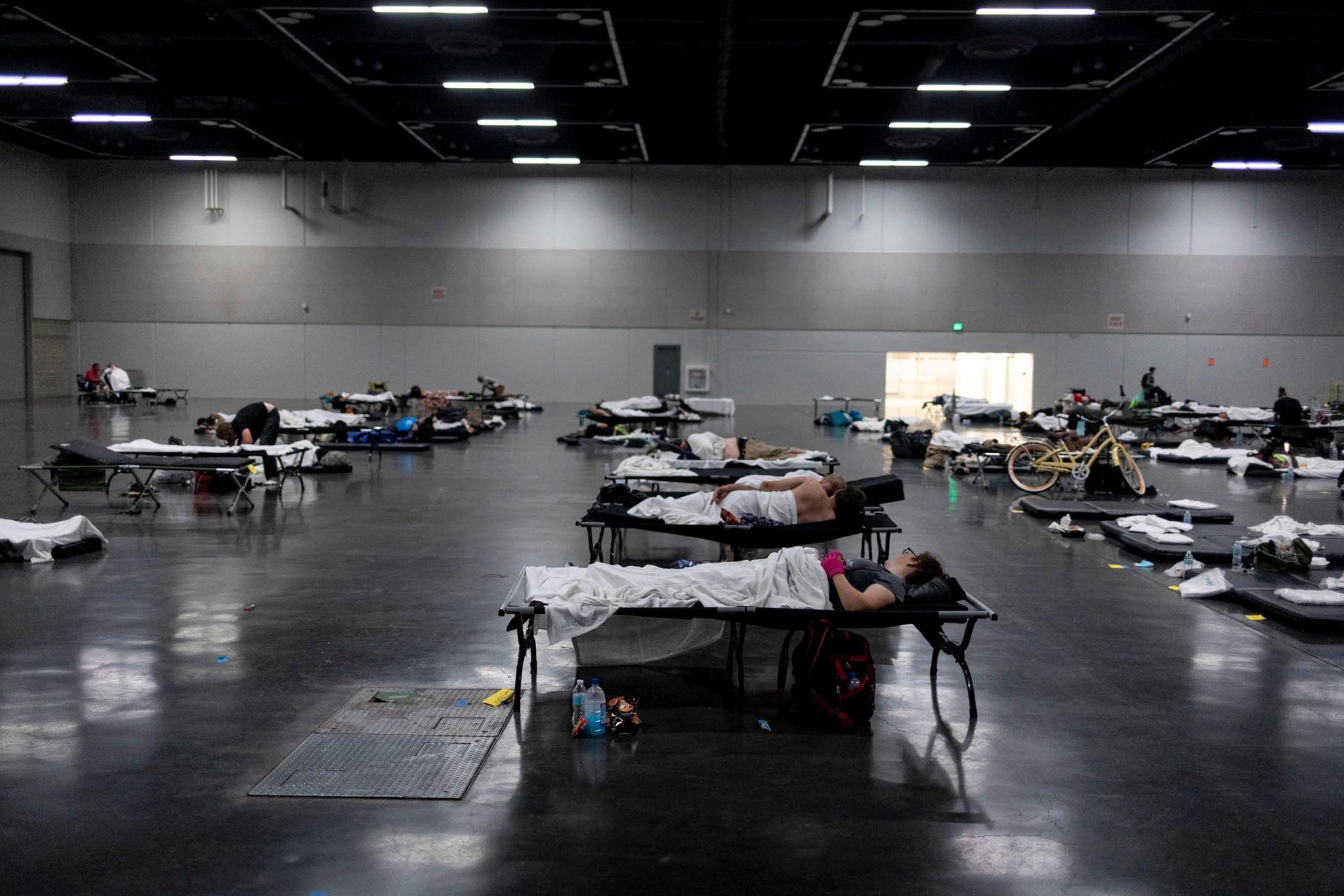Why are the names of Nansen and Bodil Catharina Biørn immortal for Armenia and the Armenian people? She was a Norwegian missionary, aid worker, nurse and midwife. Bodil traveled as a missionary to the Armenian town of Mush in 1905. She experienced the destruction of the entire Armenian town, the massacre of the population, relatives and children of the orphanage. In 1921, she traveled to the new Republic of Armenia and founded the Norwegian orphanage for children who lost their parents during Turkey’s genocide against the Armenians. But she was soon expelled by the Bolsheviks in 1924. She then went to Aleppo in Syria and established a new orphanage there, as well as an outpatient clinic for Armenian orphans who had survived the Armenian genocide in 1915. She ran it until in 1934, when she returned home to Norway. She continued to support children through fundraisers, newspaper articles and speaking engagements until her death. Everywhere, in the town of Mouch in historic Armenia, in the Republic of Armenia and in Aleppo in Syria, Armenian orphans called her “Mother”.
Nansen had a deep love for Armenia and the Armenian people. Nansen, then aged 64, visited Armenia in 1925. For him, it was an old dream to be able to visit this biblical land. Nansen tried as much as he could to help the Armenian refugees who, after the 1915 genocide, were dispersed in many countries. In 1927, he published the book “In Armenia”. In the book he introduces the reader to the history of Armenia. He emphasizes that Armenia is one of the cradles of our civilization. He appreciated the role of Armenia in European culture. Nansen had a deep love for Armenia and the Armenian people. As long as he lived, Nansen remained in contact with them by letter. Norway gave birth and nurtured Nansen, but when he died, the loss was perhaps greatest for Armenia. Everyone was in mourning. Armenia and Armenians held Nansen in high esteem. Many grateful Armenians call their sons Nansen. The urn containing the soil from the graves of Fridtjof Nansen and Bodil Biørn was placed at the Yerevan Genocide Memorial in 1915. So grateful Armenians can place flowers on their graves. On April 24 every year, Armenians around the world mourn the one and a half million Armenians killed in Western Armenia in 1915.
Where is Nansen when they need him most… Many democratic countries around the world (France, Greece, Canada, Switzerland, Argentina, United States, Germany, Slovakia, Netherlands, Belgium, Sweden, Argentina, Poland, etc.) have recognized and condemned the genocide perpetrated by the Turks in 1915. And although the best sons and daughters of Norway were among the first to condemn this, unfortunately the Norwegian state has not yet done so! What is the situation in Armenia today, 100 years after the genocide? Quite complicated. This old and small democratic country wants and tries to become part of the civilized world again. And it is a “sworn enemy” of dictatorial Turkey, Azerbaijan and Russia. They are trying to occupy this small freedom-loving country. Three years ago, they attacked and occupied Nagorno-Karabakh. And just over a month ago, 100,000 Armenians had to abandon their homes and flee Nagorno-Karabakh after the conflict. Roger Rein wrote on his Facebook page: “The statue of Fridtjof Nansen is prominent in Yerevan. I have encountered the polar explorer, peace prize winner and friend of Armenia several times over the past two weeks. Many Armenians are now wondering where Nansen is when they need him most…” If Norway gave birth to Fridtjof Nansen and Bodil Biørn, such people will also be born today, I thought.
Armenia with a Norwegian accent A month ago I visited Armenia. This time, Armenia had a bit more of a Norwegian accent! I met a lot of Norwegians who were there to support Armenia! The first Norwegian I met in my home country was Roger Rein. We have visited many places together. It’s incredible ! He doesn’t speak Armenian or Russian, and Armenians don’t speak Norwegian, but Roger talks to everyone, and everyone talks to Roger. Even more! They understood each other! – Armenia has become my second homeland, he said. – This year I have been to the country twice, while I was there four times last year. I first arrived there ten years ago and have been visiting the country regularly ever since. In 2019, I spent a total of eleven weeks in Armenia. It gave me the opportunity to delve into the country, get to know a lot of different people and get familiar with what’s happening there. I was moved by the peaceful popular revolution that took place in the country in 2018, when the current Prime Minister, Nikol Pashinyan, became the country’s leading political figure. The country still faces enormous challenges. Three wars have taken place in the last ten years. The political climate is toxic. I find it very interesting to closely follow the evolution from a corrupt, post-Soviet system of government to a democratically elected government that now wants to break ties with Putin’s Russia and move even further westward.
Armenia is an exciting country to know – Last fall, I spent three weeks in Armenia, Roger continues. – I arrived there just after Azerbaijan used military force against the population of Nagorno-Karabakh and expelled one hundred thousand Armenians from the region where they had lived for three thousand years. . The ethnic cleansing of Artsakh, as Armenians call the region, affected everyone I met. They wondered what the next move would be for the dictator who rules neighboring Azerbaijan. I have the impression that the majority of the population is so tired of conflicts and wars that they choose to trust the Prime Minister who is trying to normalize relations as much as possible with his neighboring countries, Azerbaijan and Turkey, and which drags the country as far inwards as possible. the leadership of the EU and NATO. I wish more Norwegians would discover this wonderful people who have such a rich history. I am exploring the possibility of organizing trips there for those who want a different experience. We took a reading trip to Armenia in 2018, when I was editor-in-chief of Innherred. It was a success. It is an exciting country to discover. My small contribution is to try to educate people at home about what happened in a country and region that most Norwegians have nothing to do with. This is what I wanted to tell you today. And to quote my good friend Tim: “I can’t give up!” Thank you dear Roger, because in such difficult times for Armenia, you are in my native country and help and support us.
After more than 20 years here in Armenia, Tim probably feels Armenian first and foremost. The Norwegians I met in Armenia followed this tragedy closely. Many of them are making an incredible effort on a voluntary basis to do what they can to help. Tim Straight is an honorary consul of Norway and Finland and heads the humanitarian organization Homeland Development Initiative Foundation (HDIF), an organization he founded here in Yerevan in 2013. For Tim, it is very important to help refugees from Nagorno-Karabakh by producing warm scarves. and hats, now that a cold winter is upon us. Food, bed, mattress and safety are also important. He is available 24/7 to do whatever he can to help you. Tim focused on providing jobs and income to women in rural Armenia. The products they make are sold and the clothes they make are donated to those who need them most. Tim has lived in Norway for 16 years and probably feels more connected to Norway than to his home country, the United States. But now, after more than 20 years here in Armenia, he probably feels Armenian first and foremost. The Norwegian consul is in the middle of a refugee crisis. He is a well-known and recognized person in Armenia, after more than 20 years in the country. It is a focal point for the city’s northern community. Thank you very much, dear Tim! The USA, Norway and Armenia are proud of you!
His heart beats with love for Armenia and the Armenian people Sven-Erik Rise is director and French teacher at the private high school in Oslo. He was heavily involved in the situation of Armenia and Armenian refugees. I met the wonderful Sven-Erik Rise by chance in downtown Yerevan. I greeted him and started speaking in Norwegian. But he answered me in Armenian. Yes, that’s right, I forgot. For Armenians, he has an Armenian name – Tigran Van. In Armenia, he speaks Armenian! His heart beats with love for Armenia and the Armenian people. Sven-Erik has already written two books about Armenia: “Hayastan – This is why I love Armenia” and “44 days in Artsakh”. – Sven loves Armenia and its people very much and supports Armenia very much, wrote Karina Manukyan on her Facebook page. – Sven and his friends from Norway and Europe donate to our charity project, currently implemented by the Hummingbird Youth Development Center for children from Artsakh currently living in Stepanavan. I would like to thank him very much for his zeal and willingness to support the Armenians. Roger Rein, Tim Straight and Sven-Erik Rise, we Armenians are very grateful to you and will never forget what you have done and what you are doing today for us Armenians and for Armenia. Fridtjof Nansen and Bodil Biørn would be proud of you!
Varazdat Grigorian Special envoy of Nordlig Regnbue (Armenia-Norway)
PS. Lately, Armenia is pulling the country as much as possible towards the EU. Recently, Yerevan (the capital of Armenia) acquired electric and ecological buses. I am so proud that Norway is one of the countries that funded this project.
Tim is available 24/7 to do whatever he can to help those who need it most.
Sven-Erik, his heart beats with love for Armenia and the Armenian people.
Recently, Yerevan (the capital of Armenia) acquired electric and ecological buses. I am so proud that Norway is one of the countries that funded this project.
Photo: Bus

“Passionate pop cultureaholic. Proud bacon trailblazer. Avid analyst. Certified reader.”





